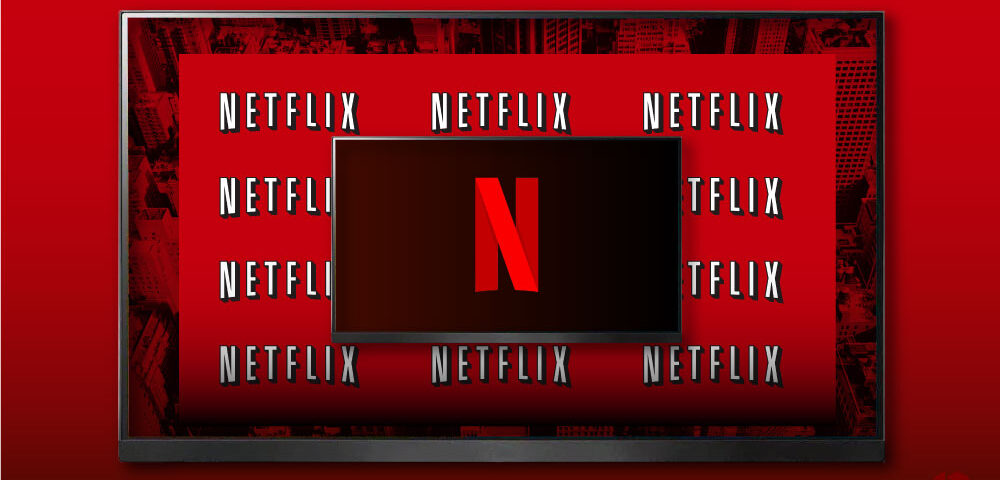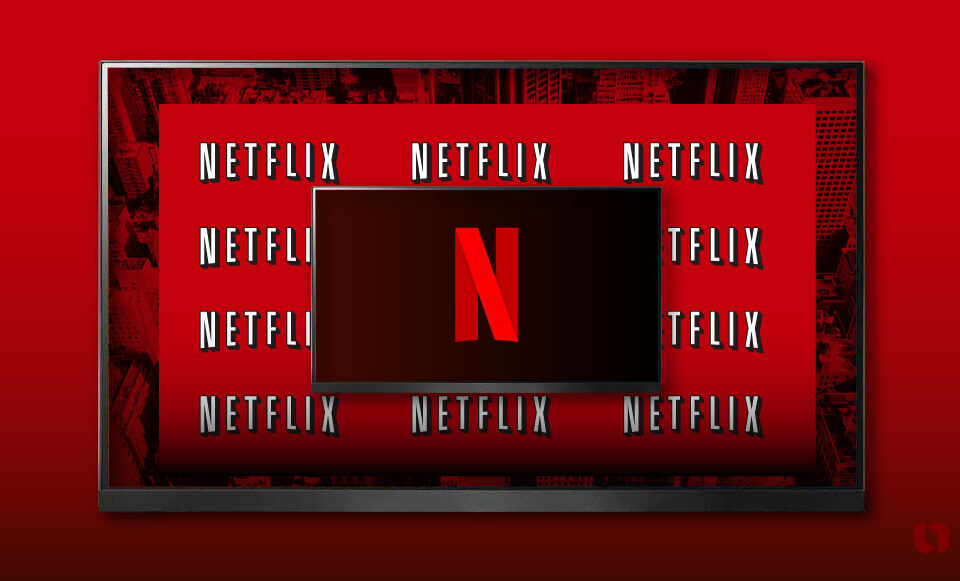
ScyllaDB is better than Cassandra, and here’s why.
14th March 2024
How to Upload Large Files to AWS S3 without Putting Pressure to Your Backend Server (Node.js Example)
22nd March 2024With over 283 million users, Netflix is one of the most popular streaming platforms across the globe.
Thanks to those two opening bass notes, you can almost hear the Netflix logo when you see it.
But Netflix’s iconic red text logo hasn’t always looked like this, nor were the company’s offerings the same as today. From the brand’s initial iteration as the first online rental DVD company to being the first subscription-based streaming service, Netflix has evolved with the times.
So let’s grab some popcorn and take a peek at Netflix’s logo history.
Netflix history: Creating a new future

In 1997, Netflix was founded in California by Marc Randolph and Reed Hastings, becoming the very first online rental DVD company in the world. The founders fused their marketing and computer science knowledge together and conducted a little experiment.
Discovering that DVDs could make it through snail mail when ordered online, the founders hatched their plan, and the company took off. But before their idea could roll into motion, the company would need a logo first.
1997-2000: Beating out Blockbuster

The Netflix wordmark was set in a capitalized serif font, with a film reel that fades from black to purple in a gradient transition. The celluloid tape separates the words Net and Flix, curling around the first word.
The sharp, black, serif typeface signified expertise and complemented the rounded, color graphic, which hinted at artistry. This dynamic logo hit on some of the key features of the film industry.
By 1998, Netflix.com was officially launched, and within a year, Netflix was ahead of Blockbuster as the top DVD rental service online. With the development of Netflix’s recommendation algorithm Cinematch, the company became a fierce competition.
2000-2001: A new logo makes the scene

In the year 2000, Netflix came out with an updated (albeit short-lived) version of its logo. Netflix decided to scrap its original logo style and color scheme altogether while simultaneously changing its payment model. The new logo signified the company’s change from per-rental payments to unlimited rentals.
Nodding to a spinning DVD, the logo had a black, stretched-out disc shape with yellow parenthetic lines on either side. The yellow outlines emanate the glare and shine seen on a DVD in motion.
The new typeface shifts noticeably from uppercase to a combination of upper and lowercase. The Netflix wordmark was now in a white, thinly-lined sans-serif, with the dot above the letter “i” resembling a yellow-outlined TV screen.
2001-2014: So long DVDs, hello streaming service

Following the last logo iteration, Netflix morphed its brand once again. In 2001, the company’s third wordmark modernized considerably from past versions, closely resembling the logo we recognize today.
The wordmark appeared in white, spaced, sans-serif capitals, featuring bold 3D outlines and shadows. The cinematic font, in its placement, format, and color contrast, jumps out from the powerful red background, catching viewers’ attention. But this shade of red, despite its similarity, is actually not the same iconic red we know today. (More on that later.)
Over this 13-year period, Netflix’s logo would remain unchanged. Notable changes within the company, however, were unfolding.
Netflix transitioned fully into streaming by 2007, necessary in the presence of YouTube’s streaming capabilities. And by 2013, a time when binge-watching shows as an activity began to pick up, Netflix started streaming its very own original content.
2014 – Today: Netflix Red makes its mark

The Netflix wordmark logo we recognize today was unveiled in 2014. With help from a design company called Gretel, Netflix was able to reimagine itself once again. This updated look shares similarities to the previous logo but with a few clear changes.
The new font is a fusion of Gotham Book and Gotham Bold. The text remains sharp and clean as before but is now much bolder. The bottom of the letters curve slightly, with the letter shadows removed.
The color scheme has also been inverted, with the text draped in a newly energetic shade of red – Netflix Red, specifically.

It was a minimalistic decision to create this logo. The simple, single-colored wordmark pops against any background, dark or light.
2016 – Today: Tudum! A ribboned symbol is born

Two years after the Netflix wordmark was released, the company came out with its eye-catching monogram– the letter N. With the world of mobile apps and social media continually on the rise, Netflix needed to remain seen.
The full Netflix wordmark would be too condensed on a phone screen. But its patented ribbon-folded N made the platform visible on mobile devices and tablets.,
This icon would emerge in its animated version whenever the app opened or at the start of any Netflix trailer, regardless of screen size.
Netflix’s two current logo designs are both as simple as they are unmistakable – not unlike its distinctive “tudum” sound!
A modern icon, worldwide
Over the last several years, the Netflix wordmark and icon have developed into some of the most identifiable pieces of visual identity in the digital realm.

The future of the Netflix brand is poised to be as dynamic and groundbreaking as its past. As a pioneer in the streaming industry, Netflix consistently shows its ability to evolve, adapt, and lead in an ever-changing digital landscape.
Moving forward, we can expect Netflix to delve deeper into interactive storytelling, much like the success of “Bandersnatch“, and further blur the lines between passive viewership and active participation.
Netflix has heavily invested in international content production. Diversifying its content protects it against supply chain interruptions (hello-writer’s strike) and expands its appeal to international audiences.
more info: XpertLab





